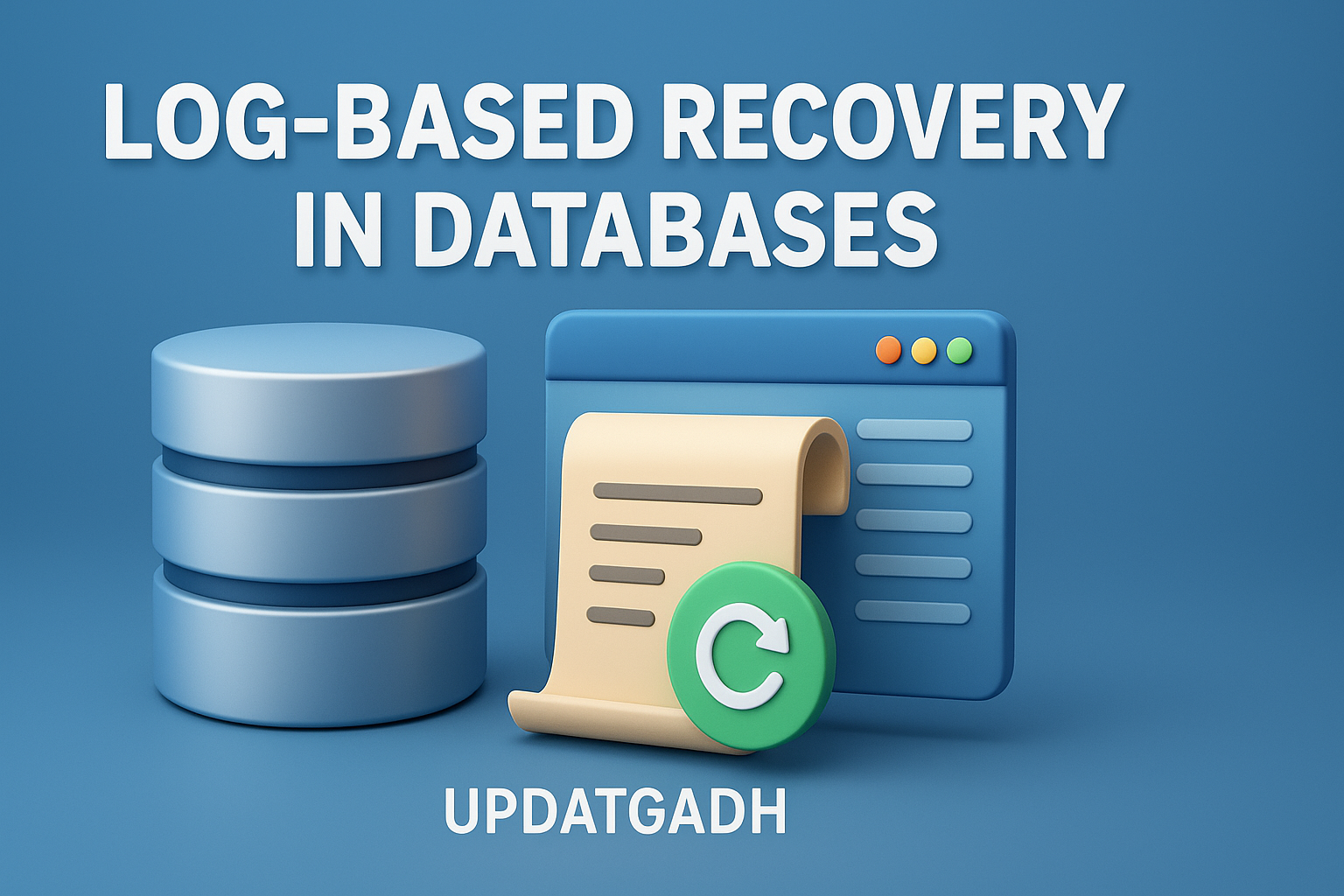
Checkpoint in DBMS
Checkpoint in DBMS
Introduction
The purpose of database management systems (DBMS) is to efficiently and precisely manage, store, and retrieve data. Among the many concepts that ensure reliability, checkpoints play a crucial role. They directly address two major concerns: data integrity and recoverability during system failures.
When a system crashes, logs are used to determine which transactions need to be redone and which must be undone. Without checkpoints, the system may need to scan the entire log, which creates two key challenges:
- It is time-consuming, especially if logs are large and spread across files.
- Many transactions that have already updated the database may still need to be rechecked.
This is where checkpoints come into play—they minimize the recovery time and simplify log management.
Machine Learning Tutorial:–Click Here
Data Science Tutorial:-Click Here
Complete Advance AI topics:- CLICK HERE
Deep Learning Tutorial:- Click Here
What is a DBMS Checkpoint?
Imagine an airline reservation system where hundreds of transactions happen per minute. The log file grows rapidly, and searching through it during a crash would be inefficient.
A checkpoint is like a bookmark in the transaction log. It ensures that all changes up to a certain point are written to disk, and logs before that point can be discarded. This mechanism reduces the workload during recovery by allowing the system to restart from the last checkpoint instead of the very beginning of the log.
Key properties of checkpoints:
- They declare a point where the database is in a consistent state.
- It is not necessary to double-check transactions that were completed prior to this.
- During recovery, only transactions made after the last checkpoint are taken into account.
Types of Checkpoints
- Consistent Checkpoints
- Ensure all active transactions are completed before marking the checkpoint.
- Provide a safer recovery process but may briefly interrupt ongoing operations.
- Fuzzy Checkpoints
- Allow ongoing transactions to continue while creating the checkpoint.
- Improve performance but add complexity, as partial recovery may be required.
How Checkpoints Work
When a system issues a checkpoint, it performs the following steps:
- Log information from volatile memory is written to stable storage.
- All updated data in buffers is flushed to disk.
- A checkpoint record is added to the log for coordination during recovery.
This guarantees that all transactions committed before the checkpoint are securely stored.
Recovery Using Checkpoints
After a crash, the recovery system uses checkpoints to quickly identify the transactions that need attention.
Two lists are maintained:
- Redo List – Transactions that must be reapplied (committed but not yet reflected on disk).
- Undo List – Transactions that must be rolled back (started but not committed).
Process:
- Logs are read backward, starting from the last checkpoint.
- Transactions with both
<Start>and<Commit>are added to the redo list. - Transactions with
<Start>but no<Commit>are placed in the undo list.
This structured approach significantly reduces the time and resources needed for recovery.
When Should a Checkpoint Be Taken?
There’s no strict rule for when to create checkpoints, but common strategies include:
- After a fixed number of transactions.
- After a fixed time interval.
- When the buffer is nearly full.
- During low system load.
- When triggered manually by the database administrator.
For example, many systems take checkpoints every 5–10 minutes or after processing a certain workload.
Example: Checkpoints in Action
Consider a bank database that takes a checkpoint after every 10 transactions:
- T1–T10 are executed, and a checkpoint is taken.
- Then, T11 and T12 are processed.
- Suddenly, the system crashes.
During recovery:
- The system starts from the last checkpoint at T10.
- Only T11 and T12 are checked—if committed, they are redone; if not, they are undone.
Without a checkpoint, the system would have to recheck all 12 transactions, wasting time and resources.
Advantages of Checkpoints
- Faster recovery by reducing log scanning.
- Efficient memory usage as older logs are truncated.
- Reliable consistency in case of system crashes.
- Minimal service disruption, reducing downtime.
- Supports incremental backups effectively.
Challenges of Checkpoints
- Writing logs and buffers to disk consumes resources.
- Synchronizing checkpoints with active transactions adds complexity.
- Large databases may face heavy I/O overhead during checkpoints.
- Poorly timed checkpoints can impact performance.
- Implementing fuzzy checkpoints requires advanced design.
Applications of Checkpoints
- Crash Recovery – Quick restoration after system failure.
- Transaction Management – Rollback boundaries for ACID compliance.
- Distributed Databases – Maintain consistency across multiple nodes.
- Testing & Debugging – Developers use checkpoints for rollback points.
- Performance Monitoring – Administrators analyze frequency and impact of checkpoints.
Complete Python Course with Advance topics:-Click Here
SQL Tutorial :–Click Here
Download New Real Time Projects :–Click here
Conclusion
Checkpoints are a fundamental mechanism in DBMS recovery. They act as markers in transaction logs, ensuring faster recovery, optimized log management, and consistent database states. By combining checkpoints with redo/undo lists and logging mechanisms, modern databases can efficiently handle failures—even in high-transaction environments.
As data volumes continue to grow, the role of checkpoints in maintaining efficiency, reliability, and performance becomes even more vital.
what is checkpoint in dbms with example
types of checkpoint in dbms
checkpoint in dbms geeksforgeeks
fuzzy checkpoint in dbms
shadow paging in dbms
log based recovery in dbms
acid properties in dbms
deadlock in dbms










Post Comment